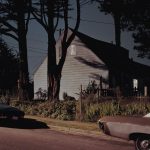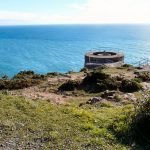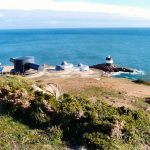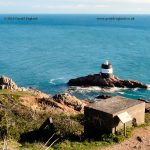
As I am exploring different stereotypes within western society that I conform to or have conformed to in the past, I thought it appropriate to explore the well known “dumb blonde” stereotypes. Above is a mood board that I compiled, including images of fictional sassy and strong blonde characters, Regina George and Elle Woods as well as blonde celebrities, Pop singer, Christina Aguilera and reality tv pioneer, Paris Hilton. Regina George is the perfect example of the 00’s it-girl, she is the queen of her high school and is both loved and envied by her peers. Regina is also presented as bitchy, mean and unloyalw, however by the end of the film, Regina as well as the other female protagonist mature and are able to make peace and unite as women. Elle woods, in my opinion is a excellent on screen and on stage role model for women everywhere. In the film “Legally Blonde” which she stars in she is initially presented as a typically dumb blonde airhead. Her character develops throughout the film where she decides to become a lawyer, breaking stereotypes, empowering women and staying true to herself. Christina Aguilera is a famous pop star who has been celebrated for her unique voice and impressive pitch range. Aguilera has experienced bad press in the past due to the media being focused on her outward appearance (her makeup, hair and weight) instead of focusing on her amazing ability to be incredibly singer, dancer and actress. Paris Hilton is great granddaughter to Conrad Hilton, the founder of the chain of luxury Hilton hotels. She is stereotypes as a dumb, superficial, blonde trust fund kid who parties, sleeps around ad spends her families’ money. However she mist be commended for her entrepreneurial skills to star in several reality TV shows, create a line of clothing and be a public figure as well as a household name.

Above is the confirmation for a lace front wig that I ordered from amazon in order to create my blonde character. As I no longer have blonde hair I had to find a good quality wig that would allow me to create a realistic and polished appearance of blonde hair. As previously stated in my initial mood boards I made the decision to dye my previously bleached blonde hair back to my natural light brown colour. I made this decision for two main reasons, the first being that I wanted my hair to remain long and healthy and be done with the constant upkeep of root and the second that I had a number of bad experiences being a young blonde woman. I experienced cat calling much more frequently than when I had pink or brown hair, the most popular being “Hey, Blondie”. I also experienced multiple scenarios on the one time I went clubbing with blonde hair, two different men in different clubs thought that they had the right to touch me without asking or even talking to me. I hate that men associate blonde hair with someone who is “easy” because I believe this is why those men thought that they could do whatever they wanted. I have experienced much less catcalling since being a brunette again, only two instances in two months and I have had no bad experiences out clubbing either which reinforces my reasons to believe that it was my hair colour that was sending the wrong message. As a feminist I want to live in a world where women should be able to have whatever hair colour they want without being judged, but unfortunately that is not the world we live in and my safety comes first.
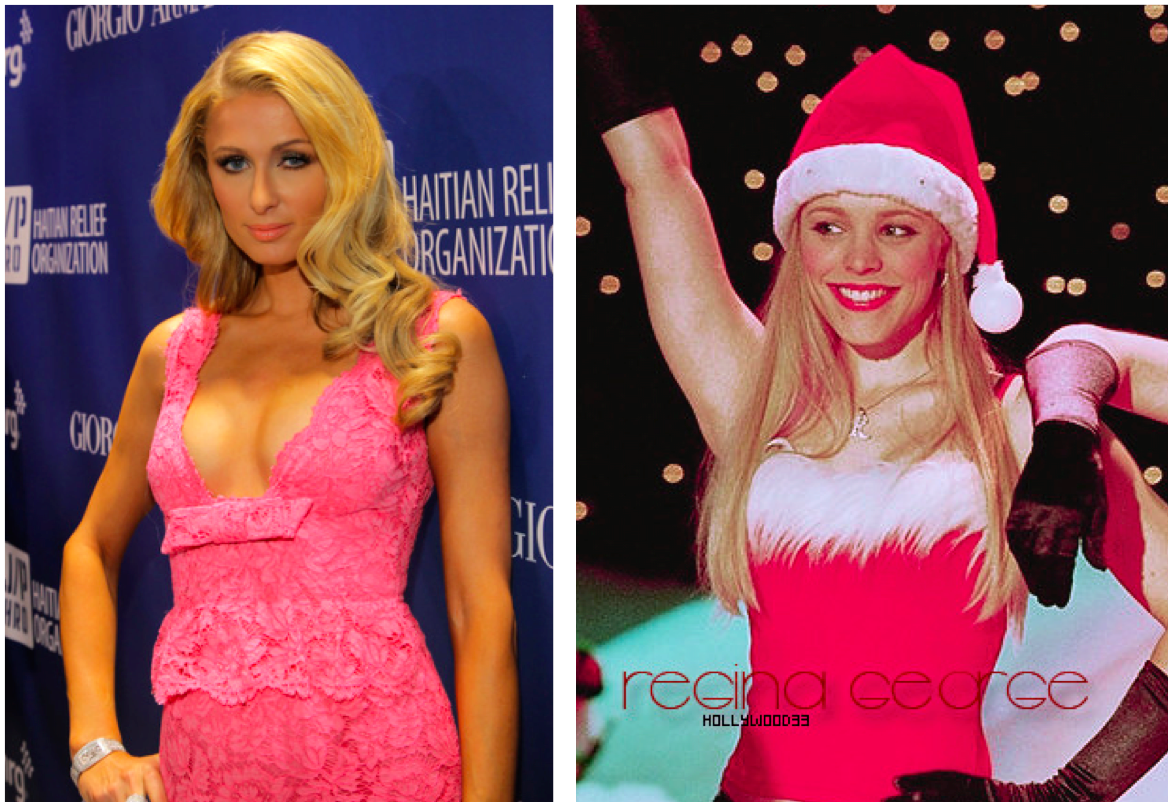

Above are the outfits that I plan to wear for the blonde stereotype photo shoots. I want to create two images that display the character in different way. In one image I plan to wear sunglasses and a pink v-neck dress, inspired by the LA valley girl look that paris hilton is so well known for. In the second image I plan to wear a Mariah Carey style christmas dress, inspired by the iconic cinematic Jingle Bell Rock scene in “Mean Girls”. I also plan to use the above blue backdrop as I feel that using a pink one may look strange with a dress of a similar shade as well as clash with the red of the christmas dress.



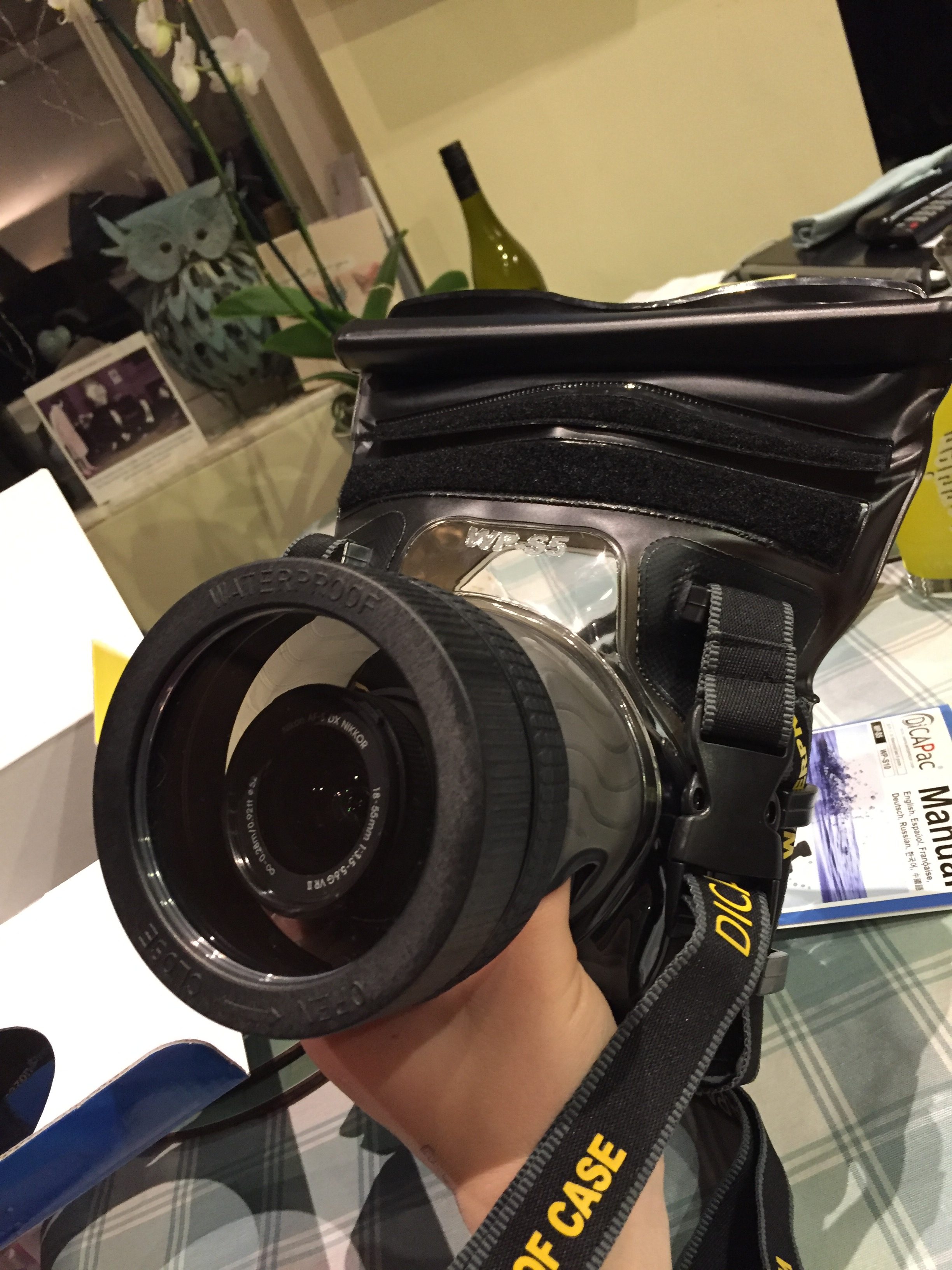






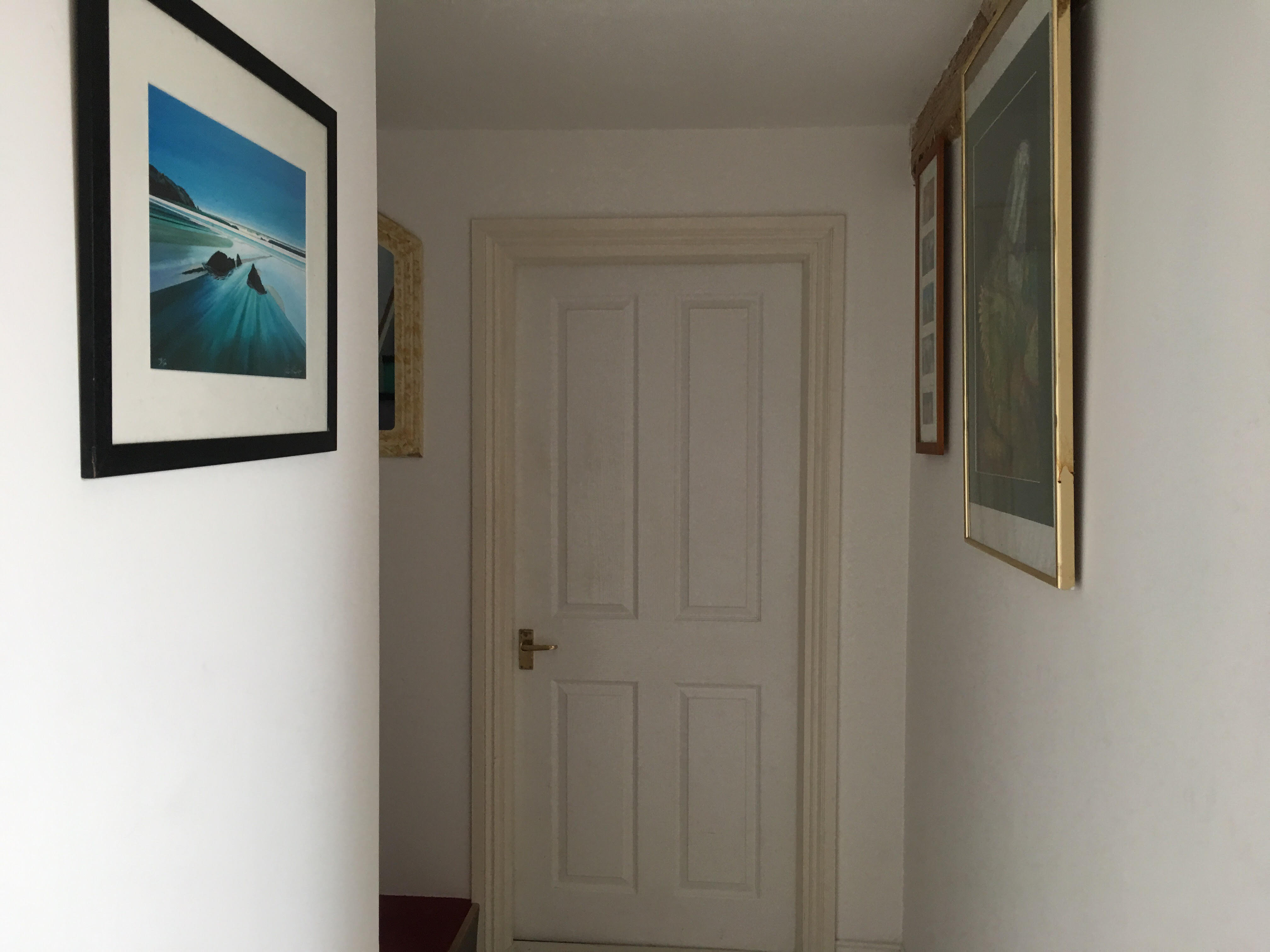



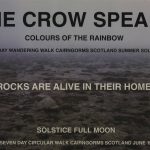

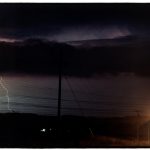

 When thinking about our island and the ways in which I could capture all of these subjects that I have listed above, one topic for me really stood out. Because I will be looking at a mixture of pollution materials when documenting things such as beaches and landfills later in my project. Subjects like plastic packaging, grocery bags, fishing plastic and micro-plastics are all things I can show together where they are found. So in conclusion I will be concentrating on agricultural plastic waste because it is so common to see on our islands as well as being a massive contributor to global plastic waste.
When thinking about our island and the ways in which I could capture all of these subjects that I have listed above, one topic for me really stood out. Because I will be looking at a mixture of pollution materials when documenting things such as beaches and landfills later in my project. Subjects like plastic packaging, grocery bags, fishing plastic and micro-plastics are all things I can show together where they are found. So in conclusion I will be concentrating on agricultural plastic waste because it is so common to see on our islands as well as being a massive contributor to global plastic waste.






